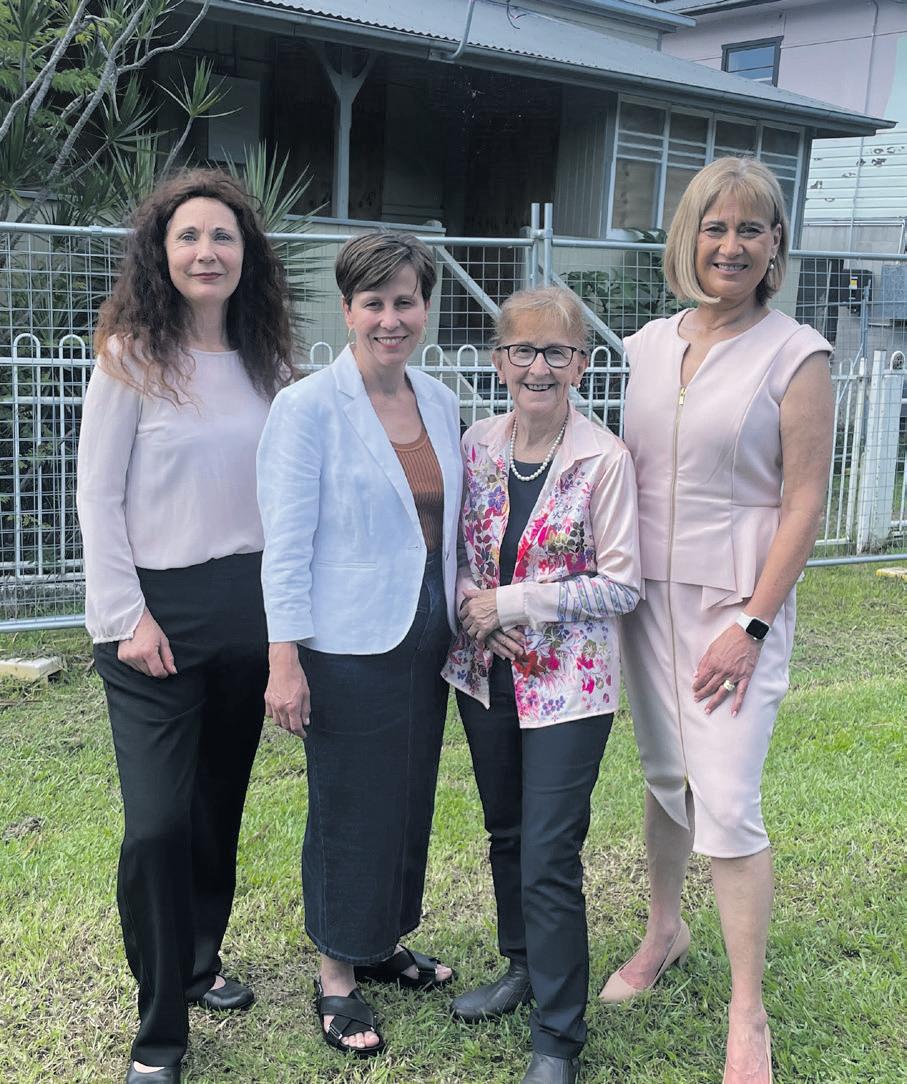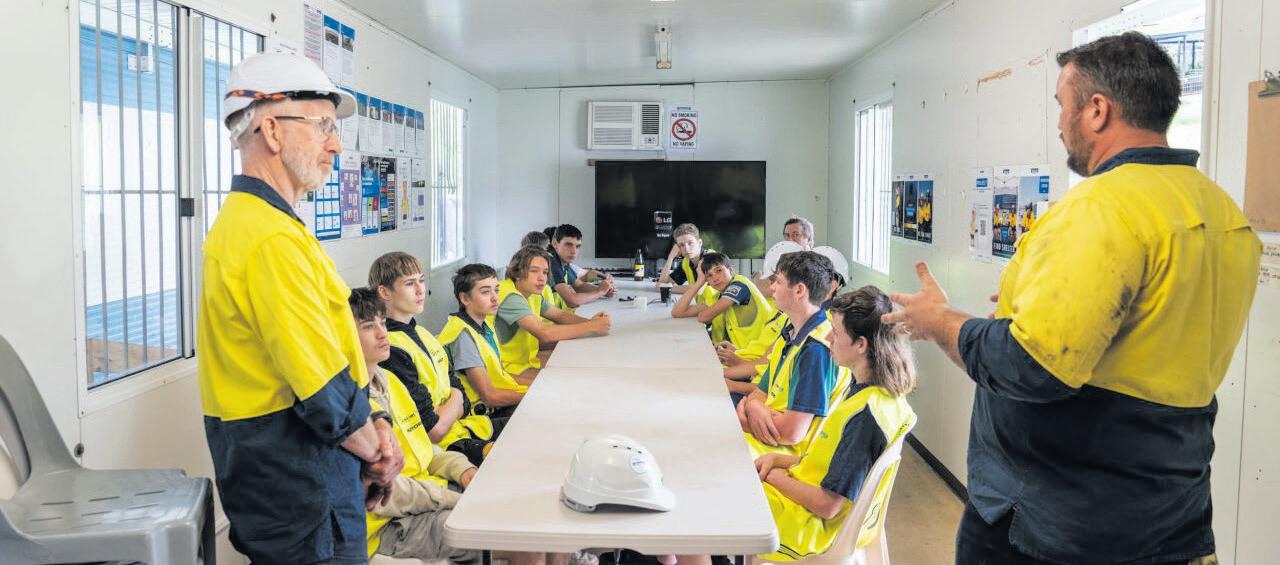
2 minute read
Northern Rivers Resilient Homes Program Expanded to $880 Million
ROBERT HEYWARD
The Northern Rivers Resilient Homes Program (RHP) has received an additional $90 million in funding from the Albanese Government, increasing the program’s total to $880 million. This expansion is aimed at protecting communities in one of Australia’s most food-prone regions through property buybacks and foodresilience upgrades.
Program Overview: Launched in October 2022, the RHP addresses the severe impacts of the 2022 Northern Rivers foods, which devastated seven Local Government Areas (LGAs): Ballina, Byron Bay, Clarence Valley, Kyogle, Lismore, Richmond Valley, and Tweed. The program focuses on:
• Property buybacks for homes in high-risk food zones.
• Resilience upgrades, including house raising, retroftting, rebuilding, and relocation.
Key Achievements: As of November 29, 2024:
• 836 offers approved under the RHP.
• 708 buyback offers accepted, with 564 settlements completed.
New Enhancements:
1. Hardship Provision: Eligible homeowners can now access resilience funding without co-contribution requirements.
2. Upfront Design and Planning Funding: Additional initial funding is now available for design and planning phases.
Joint Funding Milestones:
• The program began with $700 million in funding under the Disaster Recovery Funding Arrangements (DRFA), jointly provided by the Australian and NSW Governments.
• In June 2024, the NSW Government pledged an additional $90 million, which has now been matched by the Albanese Government,
Community Impact:
Federal Minister for Emergency Management, Jenny McAlister, emphasized the program’s importance: “Moving people out of high-risk areas and ensuring homes can withstand foods is crucial as the risk of future fooding grows.”

“This funding ensures we build back better, delivering more resilient homes and a stronger future for our community.”
NSW Minister for Planning, Paul Scully, hailed the program as a national model for climate change adaptation: “It’s the largest program of its kind in Australia, boosting the community’s capacity to endure future food impacts.”
Broader Recovery Efforts:
The RHP complements other initiatives, with over $3.4 billion in disaster funding directed toward recovery and resilience in the Northern Rivers. These investments include:
• $1.2 billion in recovery support packages.
• $193 million for medium- to long-term resilience projects.
Next Steps: hands-on experience in the construction industry.
The NSW Resilience Authority continues assessing properties for eligibility, ensuring the program reaches the most vulnerable communities. While the scale of the initiative demands time, leaders are confdent in its ability to offer critical options for homeowners and safeguard the region against future disasters. For more information, visit the Resilient Homes Program website.

When Year 9 student, Amos Robinson, was told about the excursion to go to a construction site, he was only too happy to attend.
The construction site was Murwillumbah High School, which is being refurbished and ready for students to return in early 2025.
The 15-year-old student from Murwillumbah Learning Community High School, which was the result of a merge between Murwillumbah High and Wollumbin High schools, along with 12 other students, had a
“We got into groups and (Hutchinson’s Builders) showed us around and told us about what they were doing,” said Amos.
“They told us about a career path in tiling, carpentry and painting.
“I really liked tiling and painting.”
The students were given the chance to try their hand at different trades and learnt some interesting techniques.
“I never knew much about painting on construction sites,” said Amos.
“I just got (to do) the basic stuff and learnt to paint in a way that made it look like timber.”
Careers adviser at Amos’ school, Leia Dillon, said the goal for the students was to give them as much exposure to all the different trades in one place.
“The rebuild at Murwillumbah (High School) is actionpacked,” she said.
“It is a short timeline, and every trade is currently there.
“For the students it will be full circle as they get to see and remember what the high school looked like before.
“When they go back next year, they will the end results.”









